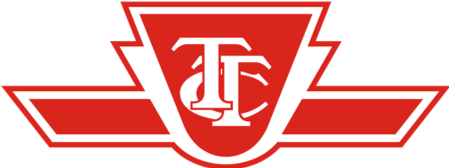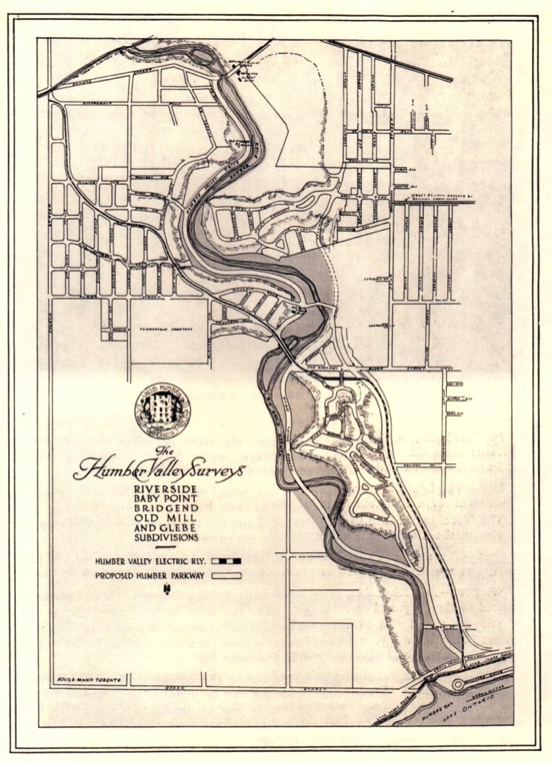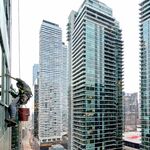Amare
Senior Member
That's a nice fantasy land dream. I can assure you, that will never happen.Perhaps a Jane LRT could be tunneled under South Kingsway as well.
That's a nice fantasy land dream. I can assure you, that will never happen.Perhaps a Jane LRT could be tunneled under South Kingsway as well.
That's a nice fantasy land dream. I can assure you, that will never happen.
Not everyone wants to go downtown. Some want to get down to High Park for example, or to Long Branch.
The Jane LRT should be split into three projects. The first surface phase from Pioneer Village (Line 1) down to Eglinton Flats (after the Eglinton West LRT [Line 5] is extended to the Pearson Transit Hub). The second tunneled phase would go down to Jane Station (Line 2). The third phase should continue down to the Lake Shore West LRT (or 501 QUEEN) on The Queensway (or even Park Lawn GO Train Station), possibly by the 22nd century.
Perhaps a Jane LRT could be tunneled under South Kingsway as well.
Both new and old do come up with insanely absurd suggestions including me, but one needs to look at the big picture what it will take to build a transit network for people to move about more easier than they can today. I can say that some of these insanely absurd suggestions I have come up with over the last 18 years for various places are in place in one form or another, with more to come in the next 10-20 years due to lack of funding now, as well will power.For what? Just for fun?
Some long time members giving some insanely absurd suggestions.

...
Any extension south of Bloor is unlikely. There might exist some hidden demand for connecting from Jane to the Waterfront West line, especially if the latter becomes more efficient than today's 501. But it will be very hard to create a R.O.W. connection given that the streets aren't wide and the aquifer interferes with a potential tunnel. A mixed-traffic connection would jeopardize the reliability of the section running north of Bloor.


Phase 1 of Jane LRT should be Eglinton to Steeles, and sharing a section of Eglinton in order to connect to subway Line 1. Perhaps turning back at Laird, that gives connections to both the Spadina line and the Yonge line. For the riders who want to reach Bloor, parallel bus service can run from Steeles to Bloor, but at a lower frequency than today.
The extension to Bloor can be Phase 2. There will be two branches running: 535A Steeles to Bloor, 535B Steeles to Eglinton and then east towards Yonge.
Any extension south of Bloor is unlikely. There might exist some hidden demand for connecting from Jane to the Waterfront West line, especially if the latter becomes more efficient than today's 501. But it will be very hard to create a R.O.W. connection given that the streets aren't wide and the aquifer interferes with a potential tunnel. A mixed-traffic connection would jeopardize the reliability of the section running north of Bloor.
Reflecting Home Smith's experience with and interest in railways (he served as president of a railway running between El Paso, Texas and Chihuahua, Mexico from 1916 to 1929, and was also involved with several other railways, including the Algoma Central), some of the more grandiose proposals in the brochure include rail service. “The Toronto Suburban Railway, then under construction, would serve the Glebe and Old Mill subdivisions. That line would run from the intersection of Church Street [Royal York Road] and Dundas Street on the west side of the river, to the intersection of Yonge Street and the Canadian Pacific Railway, the trip taking seventeen minutes.
“The Humber Valley Electric Railway will run from Sunnyside to Lambton. The route leads by the east bank of the River to Bloor Street, where the river will be crossed, and thence to the intersection of Church Street and Dundas Street, the trip taking, from the Riverside Subdivision to Sunnyside, eight minutes, and from the farthest point of the Glebe subdivision, fifteen minutes.”
These railway lines were never put into service, though a similar line had run from Sunnyside to Dundas Street on the east side of the Humber (along Humbercrest Boulevard) for about two years in the 1890s as part of the Belt Line Railway.

The brochure proclaims, “A permanent roadway of two and one-half miles is now in course of construction from the Lake Shore Road to Bloor Street, on the east side of the River, extending thence to the farthest point of the Glebe subdivision. The Kingsway is one hundred feet wide; the other streets are in proper proportion, the minimum being sixty-six feet. Generous allowance is made at street intersections for shrubberies, etc. And an appropriation will be made for tree and shrub planting, stone gateways, and kindred ornamentation.”
Then came the railway proposal which explains why the Kingsway's homes are set so far back from the road. “The Humber Valley Electric Railway, upon which construction will begin early in the spring of 1913, will run up the ravine on the east side of the [Riverside] subdivision and will be within a few hundred yards of all the lots.
“The Kingsway, a street one hundred feet wide, leads diagonally across the [Glebe] subdivision... and the Humber Valley Electric Railway will run in the center of the Kingsway.”
Since the railway line was never built in the centre of The Kingsway, the extra width of the street means that the houses are set further back from the curb, giving them bigger front lawns. Home Smith had hoped to extend the railway to Caledon, where he also had extensive land holdings, but this dream never came true.

Or have Jane LRT go north to VCC station.
Easy solution - elevate the line over the South Kingsway!




